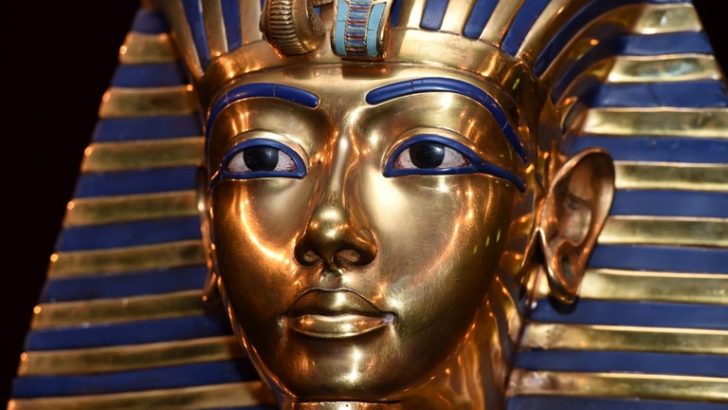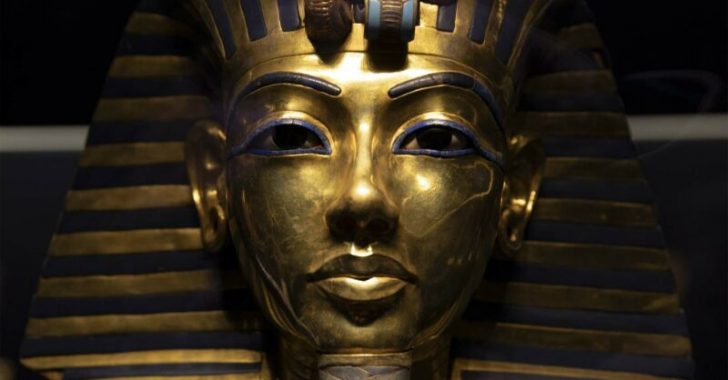The family tree of King Tutankhamun -AKA King Tut - is a fascinating glimpse into the royal lineage of ancient Egypt. Known as the boy king, Tutankhamun's reign may have been short. But his ancestry is rooted in one of history's most intriguing dynasties.

History / King Tutankhamun was born around 1341 BCE. He was the son of the pharaoh Akhenaten, formerly known as Amenhotep IV.
Akhenaten was known for abandoning traditional Egyptian polytheism and introducing the worship of Aten, the sun disk. This significant religious shift caused turmoil in the kingdom, setting the stage for Tutankhamun’s eventual return to old traditions.
Akhenaten married Nefertiti, a queen famed for her beauty and influence. Although Tutankhamun’s mother was not Nefertiti, it’s widely believed she was Akhenaten’s sister. This practice of sibling marriage was common in royal families to maintain the purity of their bloodline. Recent DNA tests have identified Tutankhamun’s mother as "The Younger Lady," whose mummy was discovered in the Valley of the Kings.
The Father of Tutankhamun, Akhenaten
Akhenaten's reign was revolutionary. He shifted the capital to Amarna, constructed new temples, and promoted a monotheistic religion. His marriage to Nefertiti produced six daughters, but their son, Tutankhamun, was destined for the throne. After Akhenaten’s death, the brief reigns of other pharaohs preceded Tutankhamun’s ascension. This period was marked by political and social upheaval.

The History Geek / Akhenaten’s radical changes left a kingdom in disarray, which Tutankhamun sought to stabilize.
By restoring the worship of Amun and moving the capital back to Thebes, Tutankhamun aimed to heal the nation and re-establish traditional practices.
The Step-Mother, Nefertiti
Nefertiti, though not Tutankhamun's biological mother, played a significant role in his life. Her powerful status and involvement in religious and political affairs influenced the young king. As Akhenaten’s queen, Nefertiti was his co-regent, often depicted in a role equal to the pharaoh. Her disappearance from historical records is still a mystery, sparking debates among historians.
Nefertiti’s beauty and influence have made her an iconic figure in Egyptian history. Though her exact fate is unknown, her legacy lives on through art and the monuments of Amarna. For Tutankhamun, her reign exemplified the strength and authority a queen could wield, a lesson likely not lost on the young king.
Tutankhamun’s Marriage to Ankhesenamun
This union was strategic, reinforcing the dynastic bloodline. Ankhesenamun’s role as queen was significant, especially considering the young age of the king. Together, they ruled during a pivotal time of religious restoration and political reformation.
Nonetheless, Ankhesenamun’s life was marked by tragedy. After Tutankhamun’s death, she wrote a desperate letter to the Hittite king, seeking to marry one of his sons. This plea highlights the precarious position she faced without her husband, underlining the instability within the royal court.

The Talks / Tutankhamun married Ankhesenamun, his half-sister, daughter of Akhenaten and Nefertiti.
Ay and Horemheb in the Family Tree of King Tutankhamun
After Tutankhamun’s death, the throne passed to Ay, who was possibly his grandfather or great-uncle. Ay had been a close advisor during Tutankhamun’s reign, guiding the young pharaoh through his duties. His ascension was short-lived, and he was succeeded by Horemheb, a military general who sought to erase the memory of Akhenaten’s reforms.
Horemheb’s reign marked the end of the 18th Dynasty. He restored order and solidified Egypt’s power, but he also worked to dismantle the legacies of Akhenaten and his successors. Tutankhamun’s tomb, however, remained untouched for centuries. Thus, preserving his story for the world to discover in 1922.
However, the discovery of King Tutankhamun’s tomb by Howard Carter in 1922 brought the young pharaoh into the modern spotlight. The tomb, remarkably intact, offered a wealth of artifacts and insight into Tutankhamun’s life and death. Likewise, this find also sheds light on the family tree of King Tutankhamun. If nothing, it reveals the interconnectedness of his lineage.




